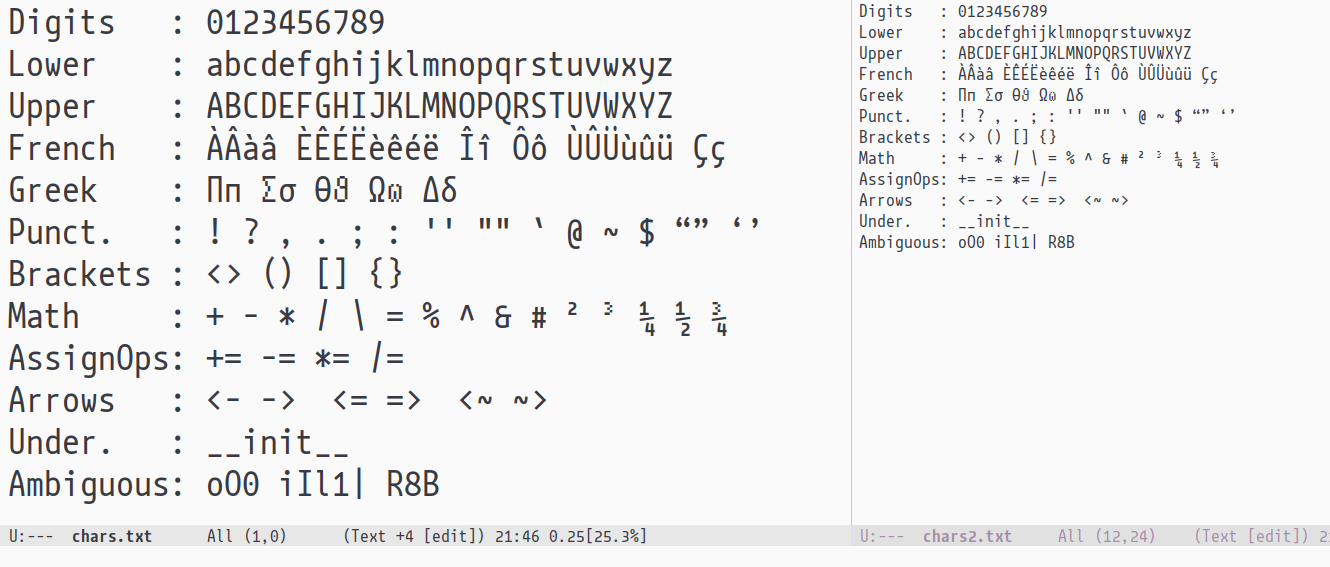

- SUDO DEFINITION PROGRAMMING HOW TO
- SUDO DEFINITION PROGRAMMING FULL
- SUDO DEFINITION PROGRAMMING PASSWORD
Note that they will still require a password (thus giving you the normal behaviour you are so used to). And the third ( %admin ALL=(ALL) ALL) lets anybody in the admin group run anything as any user. The second ( root ALL=(ALL) ALL) just lets root do everything on any machine as any user. So, ie: all user set variables are removed. The first ( Defaults env_reset) resets the terminal environment after switching to root. This is pretty much empty and only has three rules in it. # Members of the admin group may gain root privileges # Uncomment to allow members of group sudo to not need a password
SUDO DEFINITION PROGRAMMING HOW TO
# See the man page for details on how to write a sudoers file. # This file MUST be edited with the 'visudo' command as root. The sudoers file that ships with Ubuntu 8.04 by default is included here so if you break everything you can restore it if needed and also to highlight some key things. # And this lets everybody print without requiring a password Harry harrys-machine= NOPASSWD: SHUTDOWN_CMDS # This lets "harry" shutdown his own machine without a password

# they give the root password or and admin password (using "sudo -u ") # This lets all the USERS run admin commands on the workstations provided # This lets the admins run all the admin commands on the servers # "webserver" provided they give a password
SUDO DEFINITION PROGRAMMING FULL
You can use PASSWD and NOPASSWD to specify whether the user has to enter a password or not and you can also use NOEXEC to prevent any programs launching shells themselves (as once a program is running with sudo it has full root privileges so could launch a root shell to circumvent any restrictions in the sudoers file.įor example (using the aliases and users from earlier) # This lets the webmasters run all the web commands on the machine The tag list has not been covered yet and allows you set special things for each command. The user list is a list of users or a user alias that has already been set, the host list is a list of hosts or a host alias, the operator list is a list of users they must be running as or a runas alias and the command list is a list of commands or a cmnd alias. You will get a prompt to choose which editor you want. sensible-editor defaults to nano now, and select-editor (which will run by default the first time) allows you to select another one. Save, and from now on launching visudo with gksu visudo for Ubuntu kdesu visudo for Kubuntu or sudo visudo in the terminal will now open with your chosen editor.įor Ubuntu 8.10: The default editor for visudo has changed to sensible-editor. So the top of the file should now look like this: Defaults editor=/usr/bin/nanoĪgain, if you wish to use another text editor, replace "nano" with the full path to the text editor of your choice. Now launch visudo with sudo -E visudo in the terminal, and put in Defaults editor=/usr/bin/nano in the file. Run source ~/.bashrc to ensure the changes you made have taken effect. If you wish to use another text editor, replace "nano" with any text editor of your choice. To change this behavior, open your ~/.bashrc file, and append the line to the bottom of the file: export EDITOR="nano" The file is composed of aliases (basically variables) and user specifications (which control who can run what).įor Ubuntu 8.04: The default editor for visudo has changed to vi, which may cause confusion to those who are not familiar to its command bindings. The /etc/sudoers file controls who can run what commands as what users on what machines and can also control special things such as whether you need a password for particular commands.


 0 kommentar(er)
0 kommentar(er)
